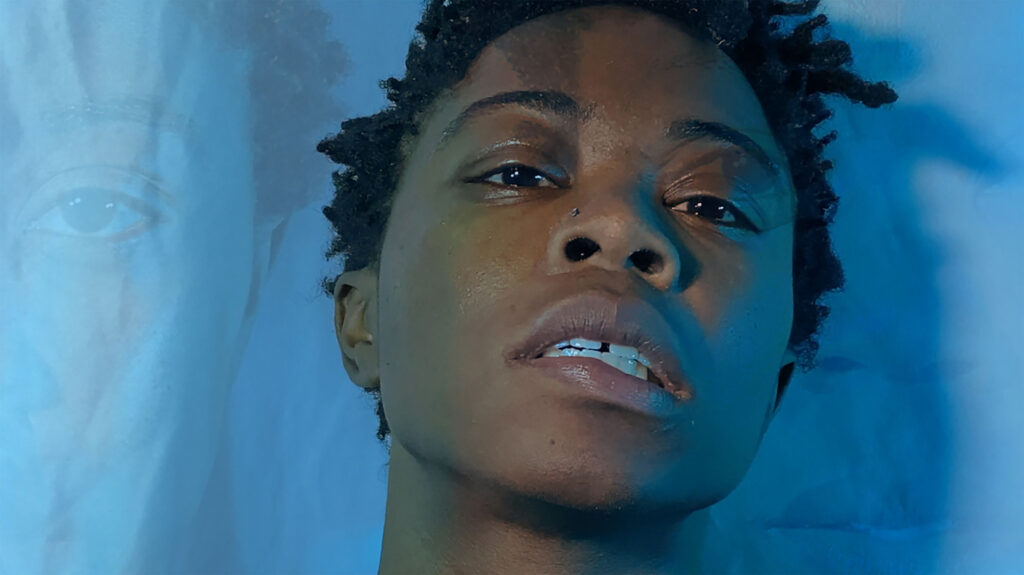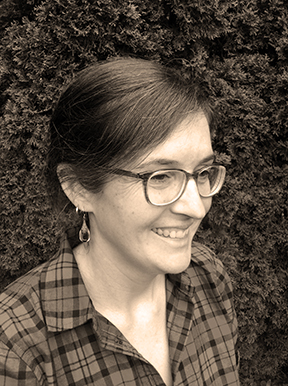Seven Graduating Maine College of Art MFA Students Reach Out in Comradeship
by Hilary Irons
The 2020 graduating class of Maine College of Art’s interdisciplinary MFA program is poised to enter a world in which the dialogue surrounding visual art is increasingly open, transdisciplinary, and fluid. At the same time, these artists have abruptly found themselves confronting the dangers and challenges of a world in upheaval, in an environment in which certain familiar intellectual cultures—such as the art world, which often strives for openness and connectivity—are facing rapid contraction.
The social fallout of the COVID-19 pandemic is ravaging not only the underpinnings of our cultural institutions and communities, but is also coming after our attention spans, tolerance levels, curiosity, and, sometimes, our sense of openness and optimism about the world. How can artists be heard or seen in a spatial vacuum, with venues shut and gatherings prohibited, and even time spent outside of the house functions as a risky novelty? How can creative people engaged in social practice transmit a message of outreach in conditions that restrict natural forms of communication? What will this mean for existing social inequities? Will art be able to help support collective regeneration? How can we mourn what is happening to us?
The seven artists profiled below have a uniquely calibrated entry point into this new world. Each of these artists is concerned, as a primary building block of their creative practice, with empathic connection. In their work, intentional connection with other individuals becomes the basis for an experience of radical liberation. In the artwork they are planning, and the risks they are taking, these emerging artists become examples to follow in terms of empathy, generosity, and openness in the creative processes and social outcomes of artistic practice. Like new plants in a field, growing richer after a wildfire has swept through, changes brought by the creative empathy of artists during the pandemic are expanding space for liberatory outcomes. We look forward to following the growth of these artists as they navigate the terrain that lies ahead.
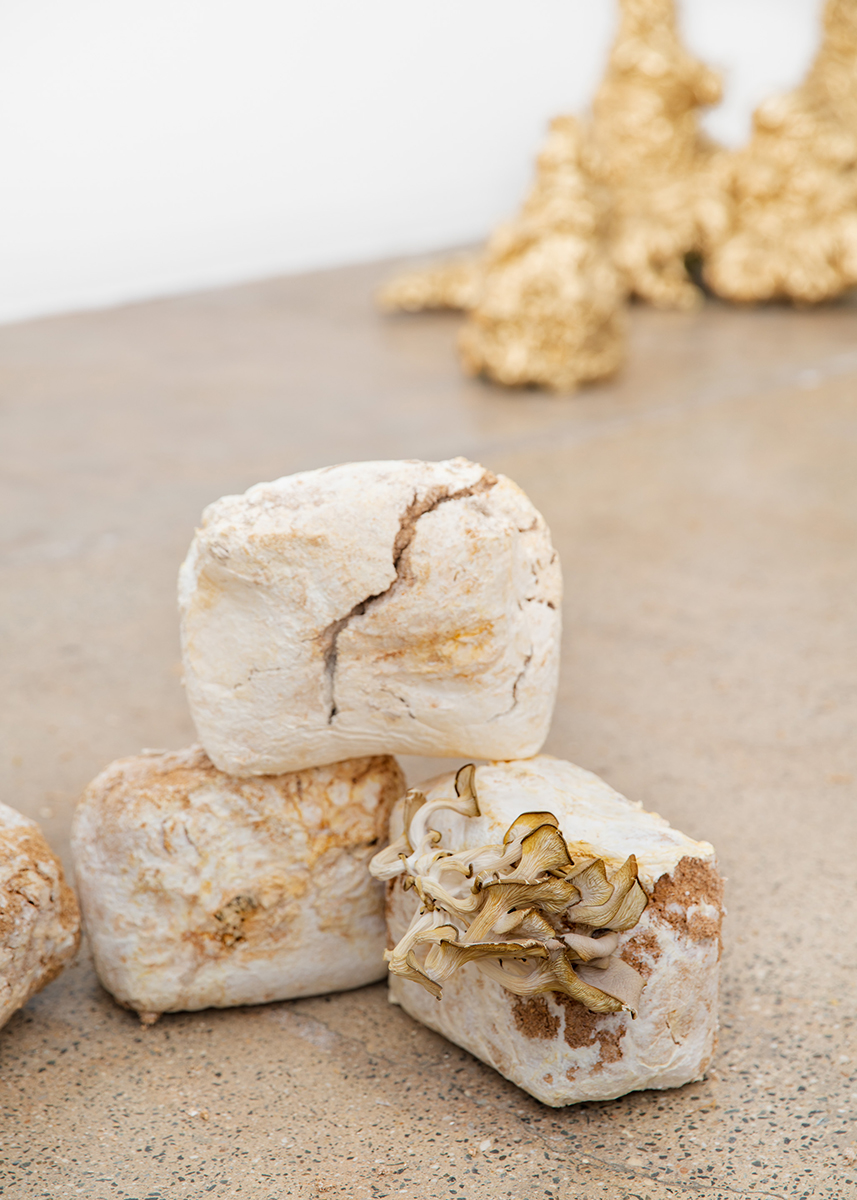
CHIP BARCHILON
The lacy, flexible edges of the mushrooms extend from their substrate into clean, blank air. They bring the aura of their hidden and murky origin into the white cube of the gallery. Musty and radiant, these fungi move into our space with an alien intelligence that directs the imagination to a place of archetypal narrative. Like the red-and-white polka dots of the fly agaric in a Bilibin illustration, the mushrooms in Chip Barchilon’s work suggest an understory, both in terms of the connecting roots of the living organism, and the tales that flow through cultures and inform contemporary life. Barchilon writes:
My sculptural narrative reconfigures a fairy tale about power, through the network of mycelium. Mycelium — the root structure of fungi — connects the forest underground, functioning as a transport channel that facilitates mutualistic sharing of resources between trees. Research by eminent forest ecologist Suzanne Simard shows that a mother tree sends her kin ‘messages of wisdom’ before her death by sending defense signals through the mycelial network. The sharing of these signals results in increased resilience against future stresses in the offspring. These mother trees are telling stories to protect their kin.
From the obscure and dusky places where mushrooms mimic the blooming of flowers and out into the pale light of the sun, Barchilon approaches the primeval power of fairy tale and myth to cast a fairy ring of protection through her work.
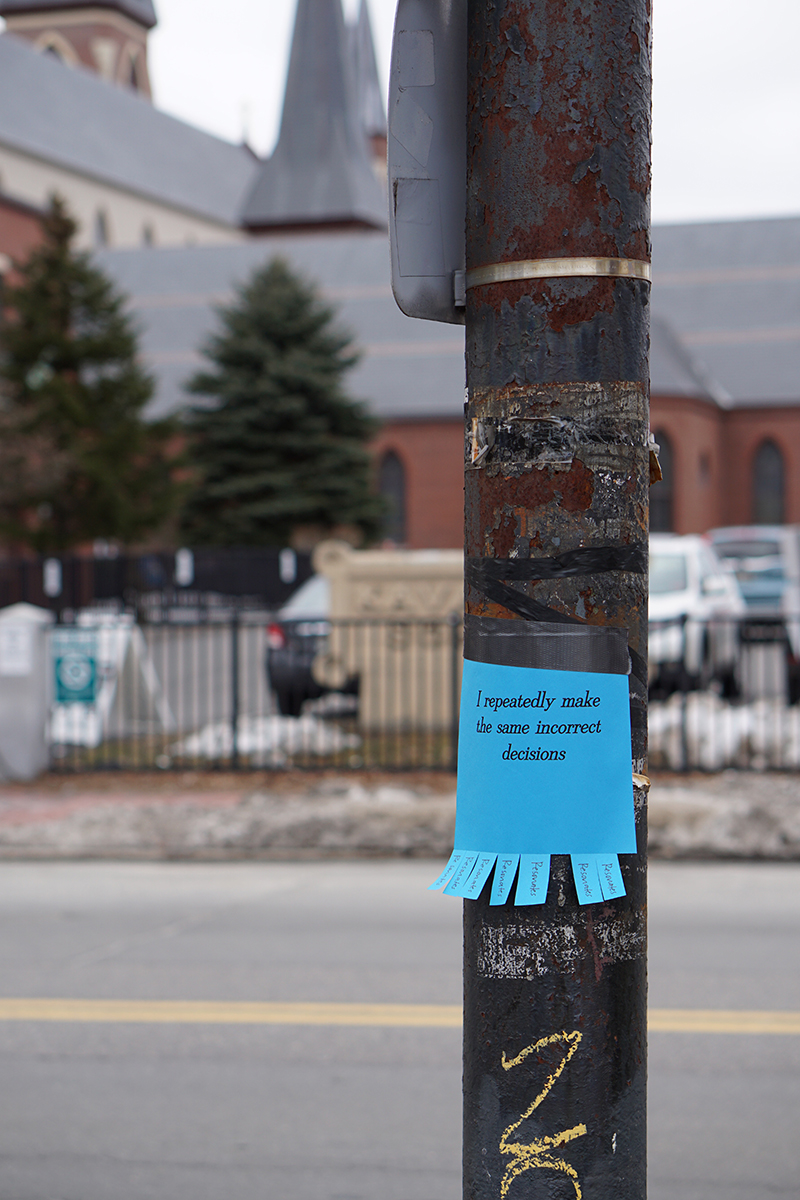
KT COLEMAN
I repeatedly make the same incorrect decisions, reads the blue flyer. It is stuck to a utility pole, and the pull-tabs just say, in hand-written text, Resonates. There is no picture or contact information; a cat has not run away; nothing is being offered for sale or rent. This is not a transactional flyer in the classic sense. Instead, we’re being asked to take a step into a place of greater reflectivity, and by doing so, admitting to connection with another mind. I am contending with something beyond my knowledge. I want to be seen but not pitied. Does it resonate? If I were writing the phrases on the flyers, they would be constructed differently; this variation in temperament underscores the intensity of the empathic reach that is built into these phrases.
The flyers embody an effort to both offer and find solace in the potential of universality, with the text sharing a sentiment and the pull-tab inviting interaction and dialogue. Resonance Project illuminates and challenges ideas of self-awareness, vulnerability, desire, universality, and context, intending to disarm feelings of aloneness.
Through the process of making, distributing, and documenting this work, kt coleman is asking us to accept a hand outstretched in comradeship and connection, bridging the gap that prevents minds from recognizing common experience and moving into a zone of synthesis.
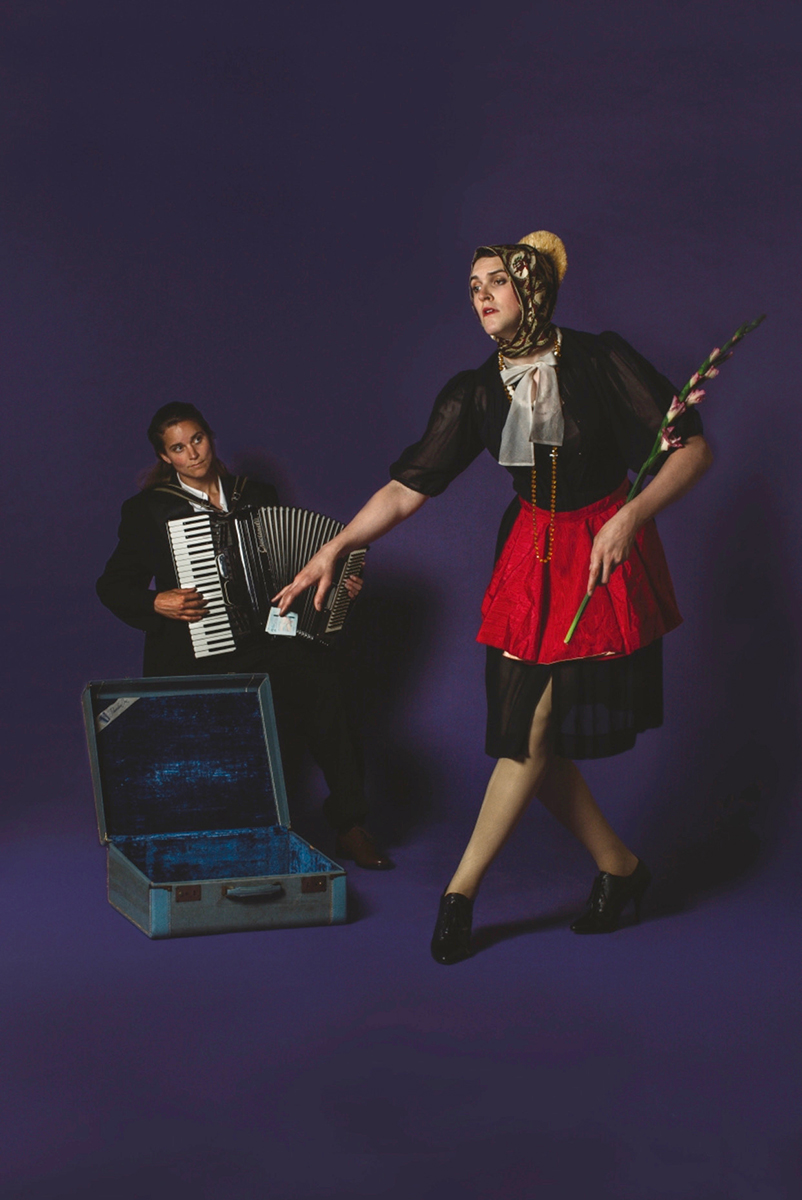
JUSTIN LOVE
Books in the category of “art history surveys”—Gardner’s Art Through the Ages being a prototypical example—are meant as instruments of mass indoctrination. Young artists are exposed to—and expected to internalize to the point of reflex—the histories, ideologies, and narratives canonized in Western art. While this educational approach is clearly problematic on many levels, it has the unexpected benefit of exposing certain belief systems upholding Western culture as more complex than tradition would suggest. This exposure emerges in forms that often, in hindsight, approach the transgressive, especially in the context of a canon revolving around Christianity. Images such as Donatello’s David, Caravaggio’s Saint John the Baptist, and the Saint Sebastians of many artists from the early Renaissance through the 18th century, teach us not only about the stories of the Old and New Testaments, but also about visions of male beauty tailored for a sensual gaze. Justin Love’s artwork picks up these canonical impulses and brings them into a place of contemporary contemplative practice, amplifying and expanding the images’ message of transfiguration. Figures in Gardner’s-esque postures assert their status as sanctified individuals in Love’s photographic tableaux, operating within the framework of a reality in which identity has become more fluid. Theatricality, loaded gestures, and expressive compositions are buttressed by a pervading sense of gentleness and understanding.
Art utilizes those rifts between what is and what could be by imagining in plain sight. Sculptural imagination is the divine birth of the idea,
Love states, invoking the rhetoric of the 1500s. The gender-freedom that underpinned the work of artists like Caravaggio has rotated back into everyday discourse, and Love combines the ambiguously sensual imagery of the “canon” with a deep impulse to communicate across boundaries of background and tradition. The earlier artists’ investment in dogma drops away to reveal a world in which individuals live in a state of empowered existence with one another, and with the readers of their stories.
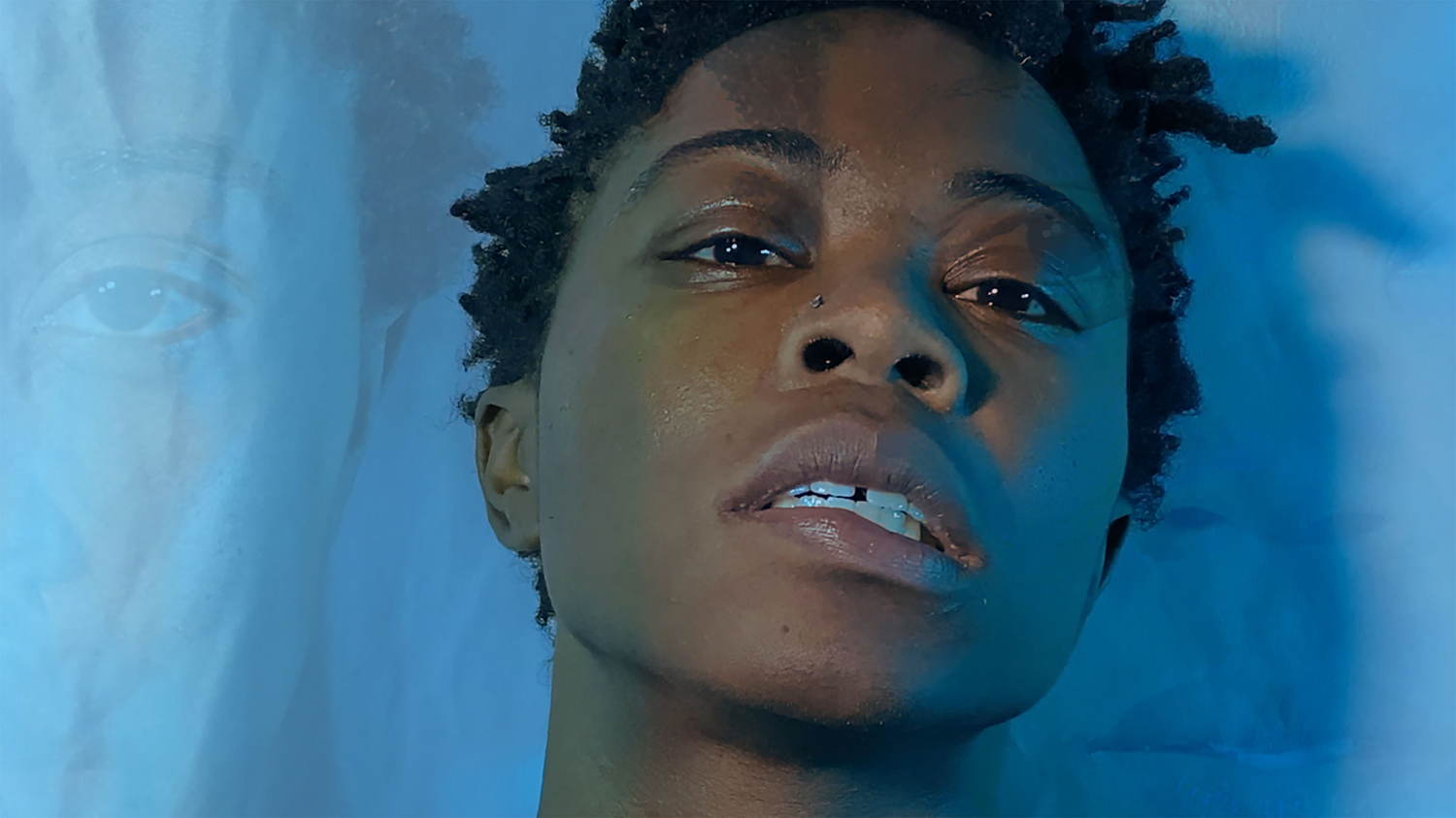
LIZ RHANEY
We travel through spaces and times—our mind is the driver, our body is the vehicle. The link between the two can grow weaker or stronger, but their functions cannot be uncoupled. In Liz Rhaney’s videos, tension and dissonance emerge as the connection between mind and body is plumbed; resolution, harmony, and bittersweet narrative surface as the artist thinks us through this sometimes-fraught relationship. In When I’m the Only, Rhaney talks about an experience of isolation: “In a room full of people, I am the darkest. …I can be myself later,” she says, “somewhere else, but not here.” When I Return combines movement, resistance, longing, and intention; “Home, and not home. Where I come from, but not where I’m going.” And the experience of living in a body, sometimes letting mental calculation become secondary to the physical, comes forward in When I Drum. “So don’t ask me how I played that rhythm, because my mind won’t remember: it stays in my body.” These are brief, fragmentary, and precise views into embodied experience. Rhaney writes,
I share these videos to connect with people who are trying to answer … questions about themselves. As a queer woman of color … I often use my body in my videos to express my own intersectional experiences. …By sharing these narratives, I create spaces for my viewers to find ways to support BIPOC (Black, Indigenous and People of Color) women and their resistance to power structures that do not represent them.
Her work offers us a window into the poetry that emerges when the mind and body step back to get a clear view of one another.
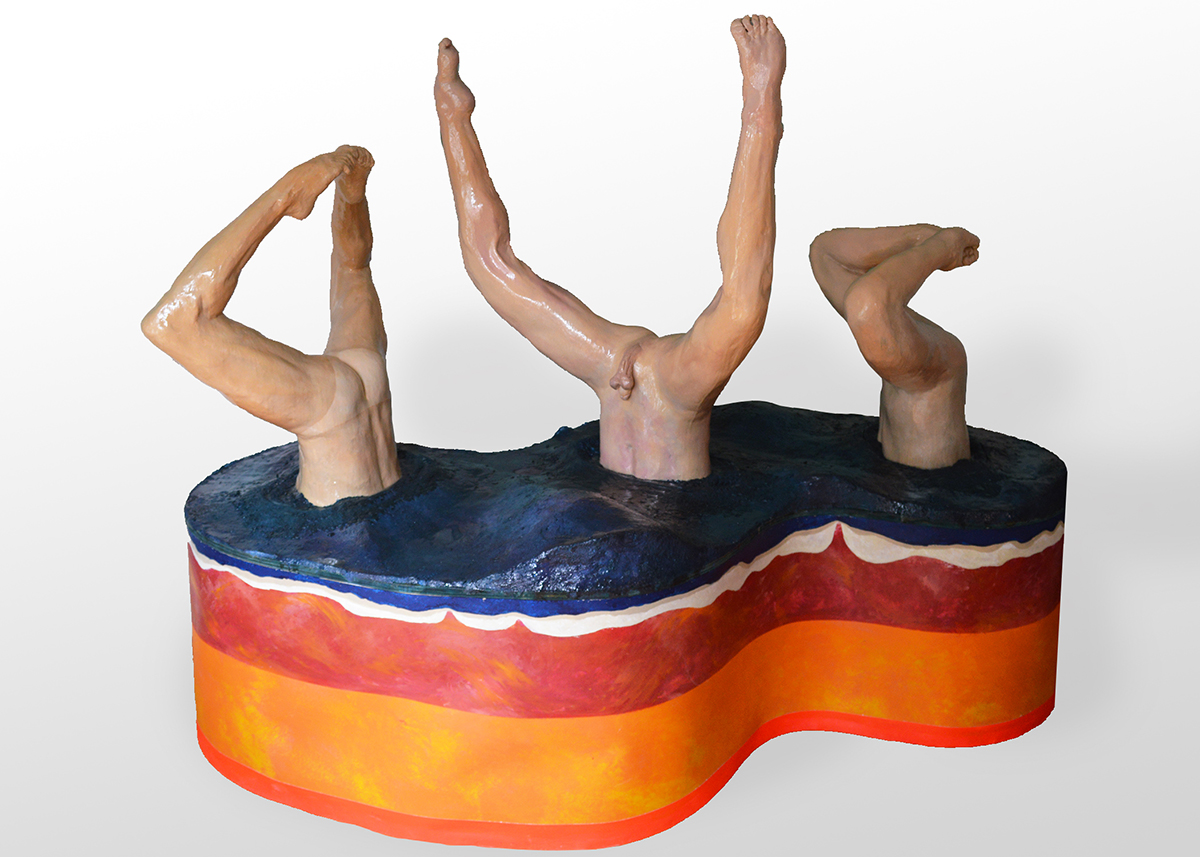
BRIAN SMITH
Who is responsible for trashing, plundering and—at first slowly, then later with alarming speed—destroying Planet Earth? Human beings. Who is responsible for creating great cultures that have risen and fallen, bringing the beauty and meaning of art, language, and spirituality to life on Planet Earth? Also human beings. Artist Brian Smith moves toward bridging this apocalyptic gap in his funny, sad, and sensitive sculptural works.
In the context of the climate catastrophe, these works situate themselves conceptually within queer ecological theory, seeking to expand the community to be inclusive of queer creatures and plants, as well as recognize nature as a safe space for unhindered queer expression and joy. …Smith views the climate catastrophe as a catalyst for considering his own connection to nature, thus inspiring the queer ecological approach taken in his art-making and writing. He stands that there’s no way to make art about nature in the Anthropocene without the consideration of climate change.
The narrative quality of these works, featuring assembled objects and quasi-classically realized figures of humans and other life forms, stands convention on its head. Smith’s work gives voice to the voiceless and marginalized residents of our planet—human and otherwise—while muting the voices that don’t mind bringing harm and destruction in the name of Business as Usual.
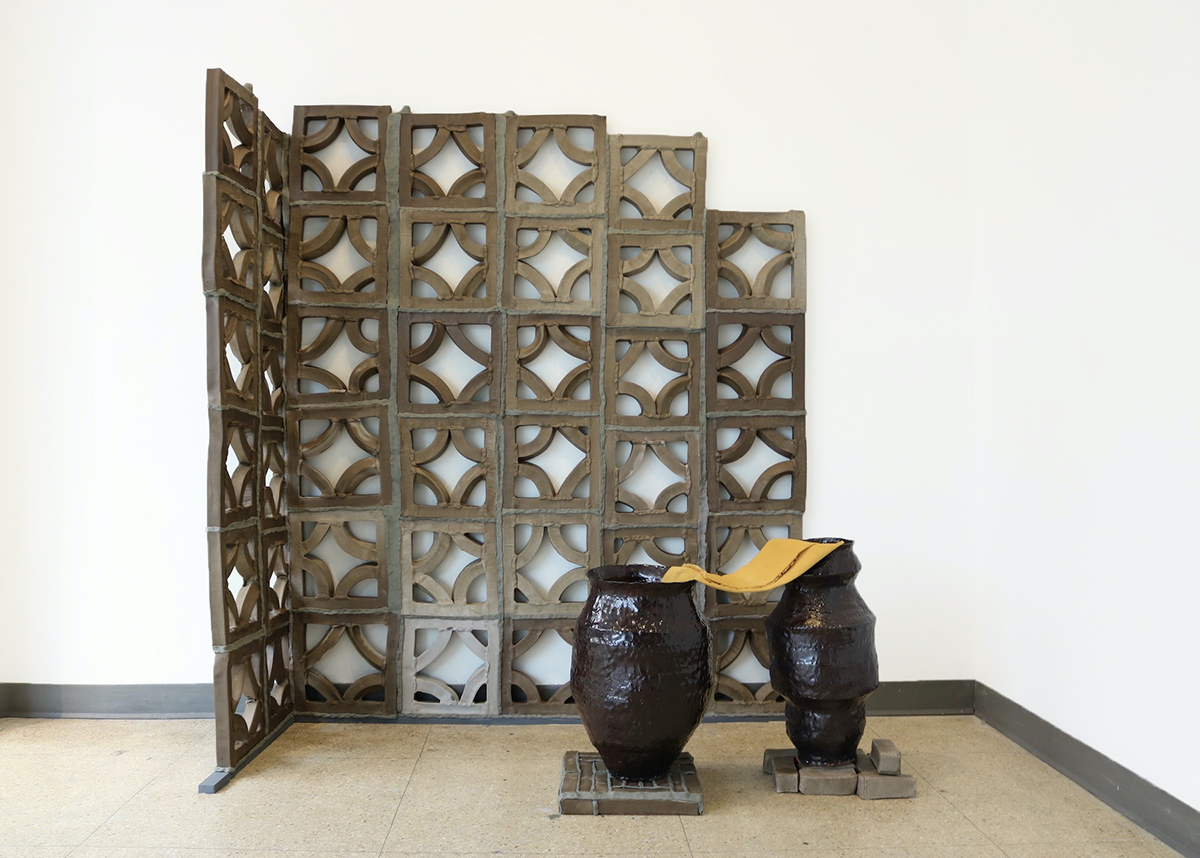
ANNA VALENTI
When we navigate the space of our early memories, objects invariably drift to the surface. A doll, a boot, a busted old Budweiser can with a pattern that has turned from red to yellow over the years it has spent in the woods. As the memories grow more specific, they also grow more insular, closing themselves off to the potential for communication and connection. Anna Valenti constructs sculptural forms that take memory as subject, without resorting to sentimentality. Valenti’s process of recognizing and reconstructing memory’s detritus has been purified by fire, in the form of ceramic objects that recreate the spaces and objects of memory without attempting to mimetically duplicate them. It is in the restraint of its execution—the avoidance of the illustrational, and a carefully modulated approach to color—that Valenti’s work gains a kind of universal forcefulness. Spaces are allowed to open up without being overly-directive; cultural forms are referred to, but in glancing blows rather than didactic reconstructions. The artist states:
I create contemporary ceramic forms that speak to a perennial and universal need to find belonging in the places we live, people we meet, and objects we carry.
In the openness of the spaces she creates, Valenti lifts up the window of childhood memory for all viewers who have a childhood to remember, and a longing to reenter lost places.
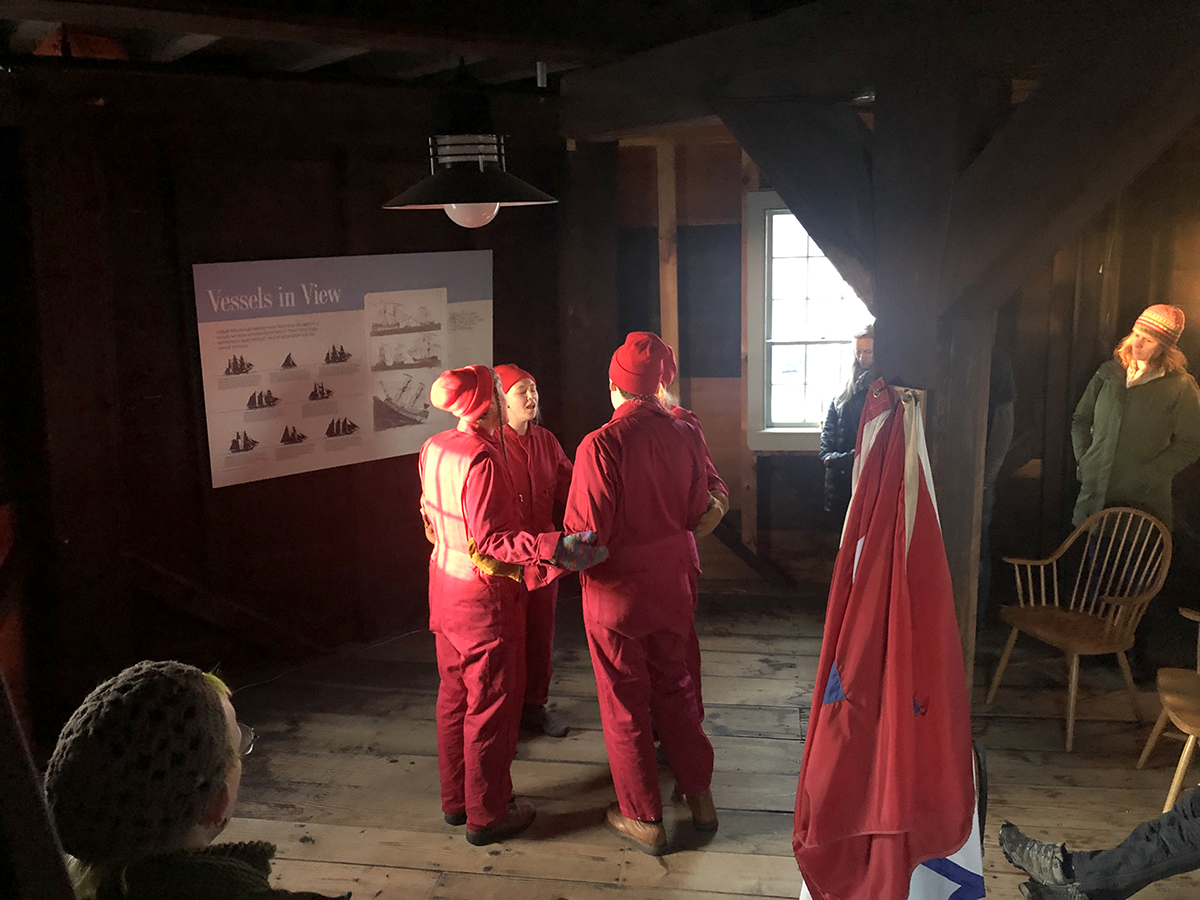
RACHEL YORK
An intentional experience of community often relies on the structure of ritual, providing a shared mechanism for understanding a transcendent group action. Often, a sense of the Utopian emerges. From gatherings of the Kibbo Kift in mid-1920s Britain, to weekly communal Jumu’ah prayers conducted by Muslims around the world since the 7th century, to Spirit Week at contemporary primary schools across the USA, the sublime effect of intentional, durational, ritualized group activity has the power to transform our understanding of community and mutually-agreed upon reality. Rachel York’s multi-level practice encompasses elements of music, performance, visual art, archival research, and writing to build structural mechanisms for site-specific, time-based community rituals. These actions are tied to distinct shared cultural moments. A group’s need to take space and time to mourn is often the propulsive narrative factor in York’s work. She writes:
Seeking to activate multiple levels of awareness, I use story, sound, music, place, archives, performance, and drawing to facilitate immersive, ephemeral, shared experiences. My [new work], An Urgency to Hesitate, investigates our emotional relationship with the climate crisis, and how durational and performance art can heighten awareness of embodiment, emplacement, and interconnectedness. Time—disentangled from rapidity—can bring us back into our full powers for interconnectedness and grace, necessary for navigating any potential extended future in the climate crisis. I mine archives, specific place histories, and sound for content that expresses the nostalgia (sickness for a home lost) and solastalgia (sickness for a home currently being lost, especially to ecological disaster) endemic to this age of rapid and extreme change.
During this time of social, physical, environmental, economic, and emotional crisis, York’s work will evolve and grow, offering a lifeline of empathy to our shared community of earthbound creatures.
A thesis exhibition for the 2020 Maine College of Art Master of Fine Arts graduates will be held in Spring 2021. For now, you can see more work by the graduating class at their websites, listed below. This page will be updated with additional websites for all of the 2020 graduates as available, as well as information about the thesis exhibition as it is available. Congratulations to all of this year’s graduates!
Chip Barchilon
Jesse Brown
kt coleman
Jessica Parker Foley
Elyse Grams
Dasha Kalisz
EJ Lee
Jeremy Owen
Liz Rhaney
Brian Smith
Anna Valenti
Rachel York
Hilary Irons is an artist and curator who lives in Portland, Maine. She received an MFA from the Yale School of Art in 2008, and a BFA from Parsons School of Design in 2002. Residencies have included the American Academy in Rome, MacDowell, Hewnoaks, and Canterbury Shaker Village.

